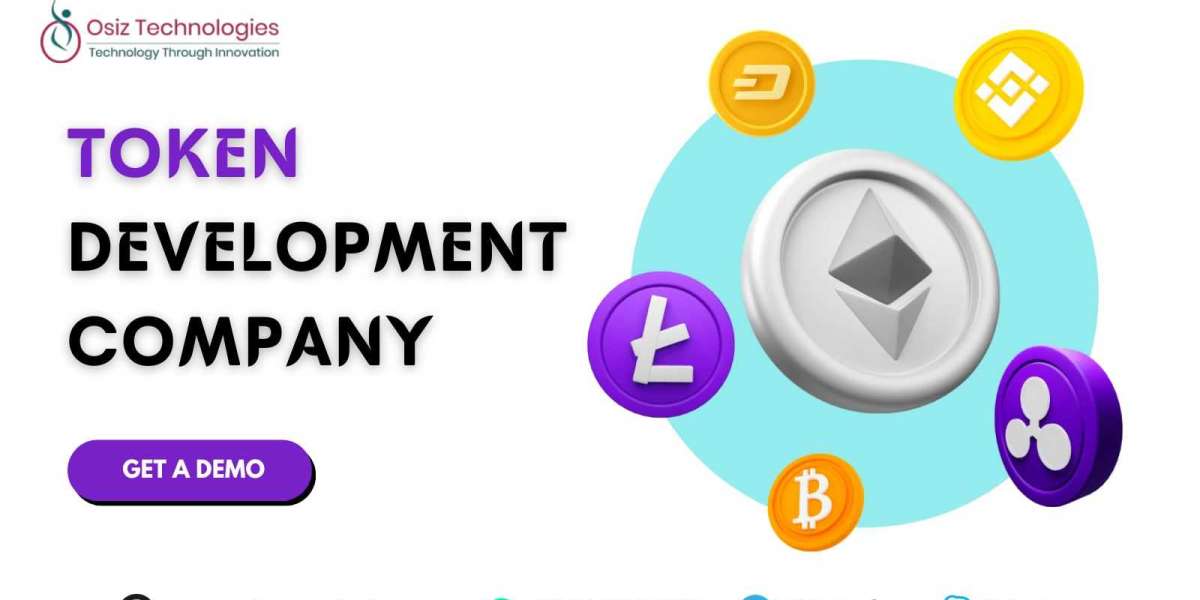In the dynamic landscape of telecommunications, the Class 4 softswitch has played a pivotal role in routing and managing large volumes of voice traffic across diverse networks. One of the key protocols that has empowered the functionality of Class 4 softswitches is the Session Initiation Protocol (SIP). As technology continues to evolve, the future of SIP in Class 4 softswitch solutions is poised to witness a range of emerging trends and innovations that will shape the telecommunications industry.
This article delves into these trends, highlighting their implications and the potential they hold for the future.
- Transition to IPv6:-
The dwindling availability of IPv4 addresses has led to the adoption of IPv6, which provides a vastly expanded address space. This shift has direct implications for SIP-enabled Class 4 softswitch solutions, as they will need to adapt to accommodate IPv6 addresses seamlessly. Ensuring interoperability and backward compatibility between IPv4 and IPv6 will be crucial to maintain a smooth transition and uninterrupted communication.
- Enhanced Security Protocols:-
With the increasing prevalence of cyber threats, security remains a paramount concern for telecommunications networks. The future of SIP in Class 4 softswitches will see the integration of advanced security protocols such as Transport Layer Security (TLS) and Secure Real-time Transport Protocol (SRTP). These measures will encrypt signaling and media traffic, safeguarding sensitive information and enhancing the overall security of voice communication.
- 5G Integration:-
The advent of 5G technology is set to revolutionize the telecommunications landscape. Class 4 softswitch solutions will need to integrate seamlessly with 5G networks to handle the higher data speeds and lower latency demands. SIP will play a crucial role in facilitating the interoperability between 5G networks and existing infrastructure, ensuring a smooth transition and efficient communication.
- IoT and SIP Trunking:-
The Internet of Things (IoT) is expanding rapidly, connecting various devices and systems. This expansion will drive the need for efficient communication between these devices, which can be facilitated through SIP trunking. Wholesale SoftSwitch will need to support a growing number of SIP trunks to accommodate the diverse range of IoT devices, each with unique communication requirements.
- AI and Automation:-
Artificial Intelligence (AI) and automation are reshaping various industries, including telecommunications. In the context of Class 4 softswitch solutions, AI can be utilized to optimize routing decisions, manage network congestion, and predict traffic patterns. By analyzing historical data and real-time conditions, AI-powered softswitches can enhance overall efficiency and customer experience.
- Voice Quality and QoS:-
As voice communication remains a critical aspect of telecommunications, ensuring high voice quality and reliable Quality of Service (QoS) will continue to be paramount. SIP in Class 4 softswitch solutions will need to incorporate mechanisms to monitor and enhance voice quality, even in scenarios with varying network conditions.
- Blockchain for Billing and Interconnects:-
The implementation of blockchain technology can enhance transparency and security in billing and interconnect agreements. By leveraging smart contracts, Class 4 softswitch solutions can streamline billing processes and reduce disputes, ultimately benefiting both service providers and customers.
Conclusion:-
The future of SIP in Class 4 softswitch software is poised for a transformational journey, driven by emerging trends and innovations. The transition to IPv6, heightened security protocols, integration with 5G networks, IoT facilitation through SIP trunking, AI-driven automation, voice quality optimization, and blockchain implementation are all set to redefine the capabilities of Class 4 softswitch solutions. As these trends continue to shape the telecommunications landscape, service providers and businesses will need to embrace these changes to stay competitive and provide seamless, efficient, and secure voice communication services.
Original source From:- https://medium.com/@astpp.telephonyplatform_83213/the-evolution-of-sip-in-class-4-softswitch-solutions-exploring-emerging-trends-and-innovations-8443734e0e3a








